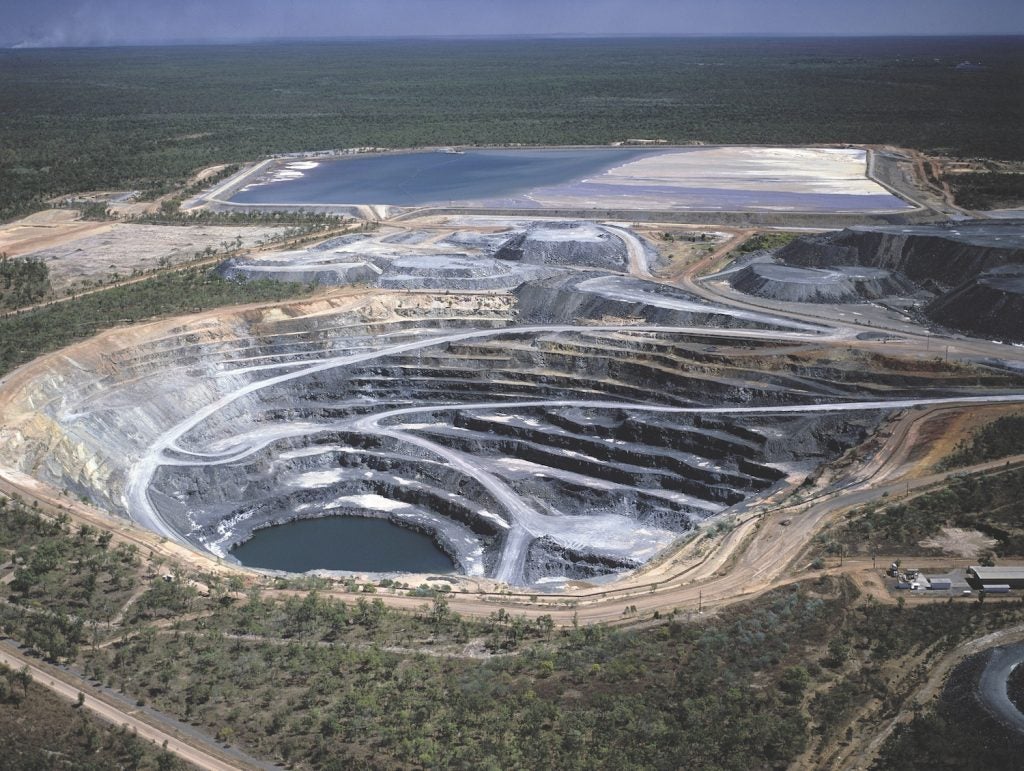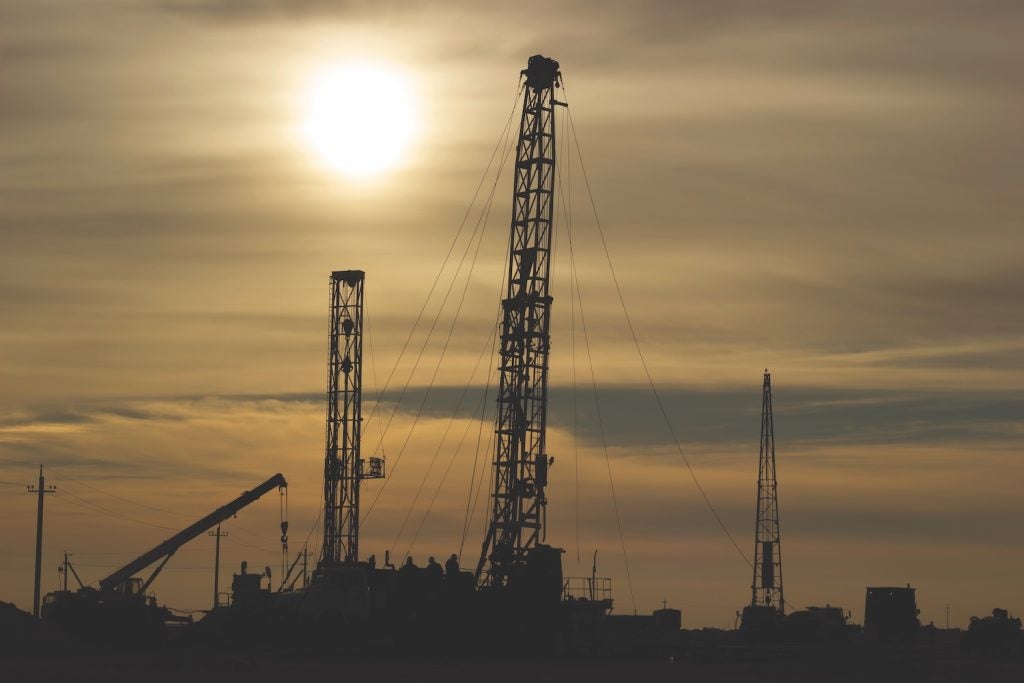
Global uranium prices, which almost doubled in 2023, have continued the trend with further price rises this year. The spot price of uranium oxide has already exceeded US$106 per pound, returning to a level last seen in 2007 and prior to the tsunami-prompted accident at Japan’s Fukushima Daiichi nuclear power plant which curtailed much of the optimism nuclear had enjoyed at that time and when many countries, including in Europe, announced ambitious plans to build new nuclear power plants. A number of factors have coalesced to push prices up. These include the evident and growing interest in nuclear energy, the increase in investment fund activity, and geopolitical fears over production and access. The cessation of production in Niger following a military coup that began in September 2023, hit a major source of uranium ore for French company Orano. The African state reduced uranium supplies to France, which in turn reduced the amount of uranium available to the market and, while the Niger’s global share of uranium output does not exceed 8%, it supplies almost a quarter of European demand. In addition, there are some issues with Canadian supplies where the volume of production has decreased due to technical difficulties in recent months.
A period of price rises
The rapid increase in spot uranium prices actually began in 2022 when they jumped by 41% up to $49.81 a pound – a move that was prompted by the possibility of sanctions on Russian uranium, as well as the implications for logistical problems that the conflict in Ukraine also heralded. Indeed, at the end of 2023, the market was rocked by a speculation that the US may ban the import of low enriched uranium from the Russian Federation when, in December that year, the US House of Representatives approved a bill to that effect. It is expected that, if enacted, the ruling will operate until 2040. While the required majority of congressmen voted for the initiative, H.R.1042 – Prohibiting Russian Uranium Imports Act, the bill is also a subject to approval from the Senate and the US President Joe Biden.
Nonetheless, Russian nuclear energy analysts believe that even given the final approval of the bill will not lead to a radical change in the global uranium market.
For instance, Boris Martsinkevich, chief editor of the Russian Geoenergetics portal reportedly said in a recent interview with the Russian Rossyiskaya Gazeta business paper, that even if sanctions are imposed on Rosatom, the company still has long-term contracts with American companies that consume uranium, many of which were signed 10 years ago. According to him, there are about two dozen companies in the United States that buy Russian uranium. As he says: “They are all private and it is difficult to predict how they will behave.”
Nevertheless, according to his calculations, the roughly 52,000 tonnes of uranium reserves currently accumulated by the United States will last for about three years. In Europe, reserves there will be enough for around two years. As for Russia, Martsinkevich argues that existing long-term contracts will allow the country to stay afloat in the global uranium market. Currently Rosatom ranks first in the world in terms of uranium enrichment with some 35% of global capacity and is also second in uranium production at 14%, and third in fuel production with 17%.
According to Alexander Timofeev, Associate Professor of the Department of Informatics of the Russian Plekhanov Economic University, the current high demand for uranium will actually prevent the West from imposing sanctions in order to maintain supply at the current price. In 2023, Russia and Kazakhstan supplied uranium worth around US$1 billion to the US alone. And, as Timofeev also added, many consumers currently want to tie in suppliers and fix low prices with long-term contracts.

A real market shift?
In the meantime, some analysts also believe that the current growth in spot market prices cannot necessarily be taken as a strong indicator of overall market conditions. According to Boris Sinitsyn, a well-known Russian expert in the field of nuclear energy, in 2023 the spot market activity declined significantly due to active contracting in previous years. Thus, on average over the last roughly nine months, less than 20% of global uranium trade came through spot market transactions. This is in stark contrast to the previous five years, when the spot market share of trade exceeded 50%. In 2023, uranium supplies under long-term contracts also continued to grow, which pushed up long-term prices while last year also saw increases in prices for U3O8 processing.
Still, despite this, analysts do not expect to see further sharp growth in uranium prices this year. This is due to the existence of some spare production capacity, in particular in Kazakhstan and the world’s largest uranium producer Kazatomprom.
Its costs for uranium mining are still many times lower than the current price although it is currently experiencing some problems reaching its stated production targets. Indeed, the company recently warned it likely won’t be able to meet production targets over the next two years mainly due to a shortage of sulfuric acid and delays in completing construction work at new mines. The company also previously highlighted risks associated with increased production due to global supply chain challenges and limited access to certain key materials and reagents.
Capacity uptick on the cards
Gwénaël Thomas, an official spokesman of Orano told NEI that there are several factors, which lead to the ongoing growth of uranium prices, saying: “The reason for the increase in uranium prices is certainly multifactorial. One of the main factors for this increase is the anticipation of growth in uranium demand in the years to come. This anticipation is part of a more favourable context for the development of nuclear energy, marked by several announcements of new projects for the construction of reactors or the extension of existing facilities in many countries.”
Thomas’ comments chime with general feel of current market sentiment, especially given a number of analysts believe that, under certain circumstances, the price has the potential to increase to up to $300 per pound. That extreme forecast has in part been triggered by recent announcements that many countries intend to accelerate the development of their nuclear power sector through the active building of new power plants while others are looking to enter the nuclear generation club for the first time. The United States is among many nations to have announced plans that it intends to triple the country’s nuclear capacity by 2050 at the COP 28 conference last year while beyond that commitment plans for substantial new build nuclear are also in play in China, Japan, France and many others.
At the same time the existing supply restrictions on the market due to the geopolitical situation is widely expected to contribute to further growth of prices. For instance, the on-going conflict in Ukraine potentially could impact Europe’s supply of uranium, given that much of the exports to the EU from Kazakhstan go through the Black Sea.

The impact on nuclear development
Despite the many factors that are aligning to push uranium prices higher analysts believe that even further price rises will do little to curb market demand for uranium. As Timofeev says: “Even if the price of uranium rises to $1,000 per pound, the cost per kilowatt-hour compared to generating it on coal or gas will be minimal. Innovations and small modular reactors are rapidly appearing in the industry. In 2023, the construction of 58 reactors and at least more has been completed in different countries, while an additional 10 will be completed in 2024.”
In the wake of these broad trends analysts expect that sustained high uranium prices will lead to the resumption of once-stalled uranium production projects.
Certainly, the global majors in uranium production plan further capacity expansions this year.
Nic Brunetti, official spokesman of enrichment company Urenco told NEI that capacity expansions were already approved at its sites in Germany, Netherlands and the USA, “which altogether will provide 1.6 million extra SWU capacity when they are complete”. Brunetti adds: “In 2024 these projects will continue in earnest at the sites and we will also continue our refurbishment projects where older centrifuge equipment is updated and replaced. Any further announcements for expansion will be taken with a strong regard for the needs of the market”.
Orano too is looking boosting its enrichment capacity. According to Thomas, the company has an industrial project aimed at increasing its enrichment capacity by 30%. Rising prices may also encourage countries to take the decision to accelerate uranium production capacity by reopening mothballed capacity. For instance, in its latest trading update Canada’s Cameco noted that ramp up activities remain ongoing at its Key Lake mill despite challenges due to the length of time the facility was in a care and maintenance state.
Sustained increases in the price of uranium are a clear prospect, even should the geopolitical challenges recede. A programme of building new nuclear power plants, the widely anticipated wave of SMR production and deployment and factors like the return to operations of nuclear plants in Japan are clear evidence that demand for uranium with continue to grow in the coming years. Even as production capacity rises to reflect the higher prices seen today its understood that those prices will remain far higher than the historic floors seen a decade ago.



